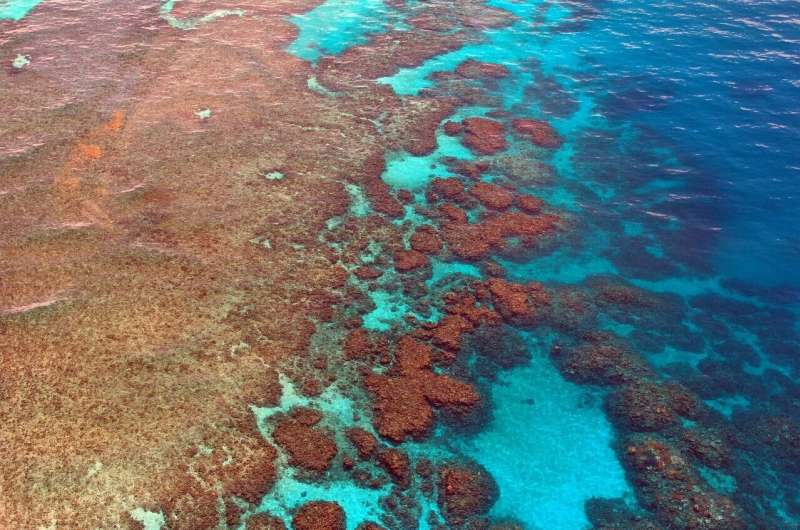Viewpoint: Five things we need to see in Australia's new nature laws

Australia's abysmal rates of extinctions and land clearing since European colonization are infamous globally. Our national environmental legislation has largely failed to protect biodiversity, including many threatened plants, animals and ecological communities. But change is afoot.
The federal government is . Following a scathing review in 2021, the legislation is being rewritten. While amendments to the Environment Protection and Biodiversity Conservation Act 1999 are yet to be tabled in parliament, the government says "" has begun.
About 30 attended "targeted stakeholder workshops" last month. Public consultation begins with two webinars, on November 23 and 28. Government officials are offering to "explain how the proposed changes are designed to work and how they compare to existing laws." But they are not sharing the draft legislation yet.
How can we assess whether these new laws can prevent further species loss and habitat destruction? Here's an essential checklist of five things the law must include if we are to avoid calamity and hasten environmental recovery.
1. A climate trigger
The EPBC Act does not explicitly discuss and account for climate change and its impacts. So the federal environment minister is not legally bound to consider—or authorized to refuse—new or expanded coal mines and fossil gas fields based on their future climate impacts.
But climate change clearly and special places such as the Great Barrier Reef, as well as .
2. Habitat means homes for wildlife
Protection of sufficient and connected habitat must be central to Australia's national environmental law. If homes for , koalas, greater gliders and other threatened species and fragmented, it is all but guaranteed Australia will fail in its stated quest to avoid further extinctions.
Northern Australia is home to exceptional but declining biodiversity that is increasingly by development of pastoral, cotton and fracking industries.
Significant increases in and are seldom referred under the EPBC Act, let alone assessed.
Environmental law reform must stem the accelerating loss of biodiversity in this region and elsewhere. Reforms must include , and ensuring significant land clearing is referred and assessed.
It is also crucial that federal approval powers are not , particularly in remote regions where so much damage occurs .
3. Setting clear objectives and measuring outcomes
The new laws must state policy objectives such as and no actions that accelerate climate change.
Decision-makers must be required to address direct, indirect and cumulative threats that undermine these objectives.
The new (the centerpiece of this law reform) must stipulate red lines not to be crossed, such as no clearing of any critically endangered ecological communities or critical habitat of threatened species.
We should always seek first to avoid harm, then keep harm to a minimum, and —and then only with credible offset plans that fully account for .
4. An independent umpire
We need a well-resourced, independent umpire, operating at arms length from government. This "" will need powers to prevent activities and developments deemed too harmful for biodiversity.
The government has vowed to create a national . The functioning and powers of such an entity risk being severely undermined if the environment minister of the day has the ability to "call-in" projects and make unilateral decisions over whether they can proceed. That would also create concern regarding industry influence and .
It's essential ministers not only have regard for environmental standards but also follow them to the letter of the law.
5. 'A Voice for Country' and culture
Our national environment laws must make room for genuine Aboriginal and Torres Strait Islanders participation in how matters of cultural and environmental significance are managed.
Our new nature laws must interact with federal cultural heritage laws, which are also under reform. Entities of cultural significance, such as humpback whales and dingoes, must be cared for in a way deemed appropriate by Indigenous Australians. Such a mechanism must be co-designed with Aboriginal and Torres Straight Islanders.
Policy must continue to be developed in partnership with Aboriginal and Torres Strait islander people. We suggest a Land and Sea Country Commissioner, "a Voice for Country," could lead this ongoing collaboration. We also need to ensure groups are adequately resourced and supported to Care for Country.
We must do better
The time has come to lift our ambitions and truly protect our nation's precious environment and biodiversity.
Australians from government. For cultural, social, economic and environmental reasons, biodiversity conservation should be treated as a public good and receive bipartisan support. It's not an optional extra. We simply must invest in nature. We cannot .
Provided by The Conversation
This article is republished from under a Creative Commons license. Read the .![]()





















